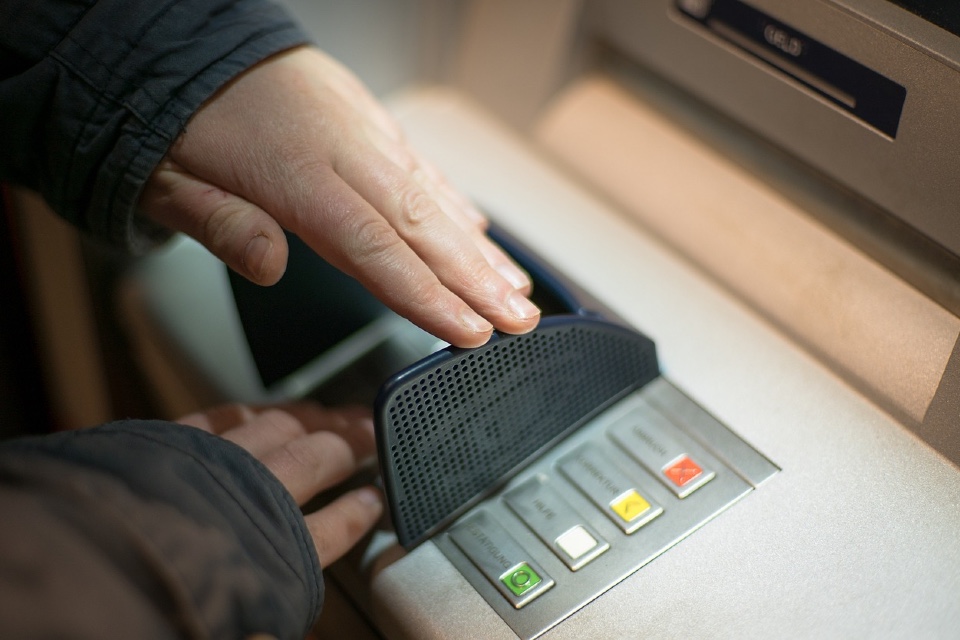UK cybersecurity innovation recognised as Global Standard to help counter AI-powered fraud

The Open Worldwide Application Security Project (OWASP) has announced that the Business Logic Attack Definition Framework (BLADE Framework) has become The OWASP BLADE Framework Project in the fight against cyber fraud. The name change reflects the acceptance of the attack framework as an OWASP project and recognition of the framework as an industry standard. The BLADE Framework was […]
UK fraud pegged at £570 million in the first half of 2024

Data from UK Finance indicates criminals stole £571.7 million through unauthorised and authorised fraud in the first half of 2024, representing a 1.5 per cent decrease compared to the first half of 2023. Banks prevented £710.9 million of unauthorised fraud through advanced security systems, while 72 per cent of APP fraud started online and 16 […]
European credit sector associations call for more fraud prevention efforts

The European Credit Sector Associations, composed of the European Association of Cooperative Banks (EACB), the European Banking Federation (EBF), the European Savings and Retail Banking Group (ESBG) have welcomed the publication by the Euro Retail Payments Board (ERPB) of its Working Group Report on fraud related to retail payments. On top of the three Associations, […]
Aviva reveals huge spike in car insurance fraud

Aviva reported a 39% increase in the number of claims declined as a result of fraud in 2023, uncovering more than 11,000 suspect claims worth £116m – the equivalent of 30 bogus claims a day with a value of £318,000. The company says it’s investigating a further 13,100 claims for suspected fraud. Fraudulent motor insurance […]
Visa highlights AI threat in latest data

Visa’s latest Biannual Threats Report highlights a ‘significant’ rise of phishing schemes proliferated through generative AI tools, and a marked increase in enumeration and ransomware. While the global fraud rate trended lower than normal expected fraud levels during the report’s time period (January – June 2023), Visa shared that it helped to proactively block $30 […]
Fraud risk trends to watch out for in 2023

Various types of fraud pose significant risks to UK businesses, including financial loss, reputational damage, legal consequences, regulatory non-compliance, and loss of customer trust. Fraudulent activities can also lead to direct monetary losses through theft, embezzlement, or fraudulent transactions. The reputation of a business can be severely affected, impacting customer perception and relationships with partners and stakeholders. Legal consequences […]
Demand for fraud detection solutions to drive market to $252bn

The fraud detection and prevention industry generated $29.5 billion in 2022, and is anticipated to hit 252.7 billion by 2032, equivalent to a CAGR of 24.3% over the forecast period. Analysis by Allied Market Research cites the introduction of big data analytics and cloud computing service, plus an upsurge in mobile payments, to bolster the […]
BPFI data shows increase in payment fraud in ireland

Fraudsters stole nearly €85 million (€84.6m) through frauds and scams in Ireland during 2022, an increase of 8.8% on 2021, according to a detailed report published by FraudSMART, the fraud awareness initiative led by Banking & Payments Federation Ireland (BPFI). The FraudSMART Payment Fraud Report H2 2022 outlines how card fraud accounted for over 95% […]
HOW TO: Implement anti-fraud measures for digital payments

In today’s digital era, businesses must be vigilant in protecting their payment systems against fraudulent activities. Establishing robust anti-fraud measures is vital to safeguard both your business and your customers. Here are key steps you can take to implement effective anti-fraud measures for digital payments… The first step is to educate and train your staff. […]
Staying Ahead of the Game: What’s new in payment fraud detection tools and technology

In the fast-paced world of digital payments, fraud detection critical. Cybercriminals are constantly evolving their tactics, necessitating more sophisticated tools and technologies to counter these threats. As the sector continues to evolve, several key trends are emerging in payment fraud detection. Firstly, the use of Artificial Intelligence (AI) and Machine Learning (ML) is transforming fraud […]

